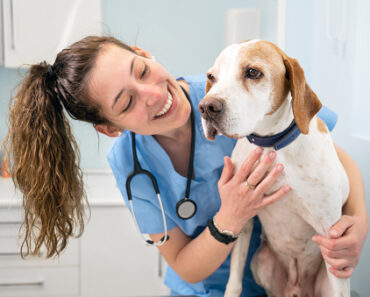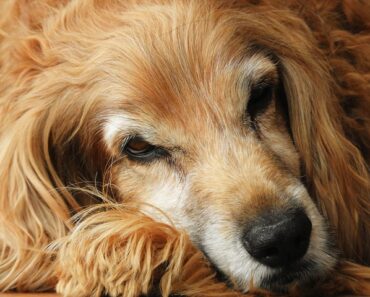
From 28 milk teeth, a puppy grows to 42 teeth in adulthood, some of which can be impressively large… Having a good set of teeth for a dog is not just a question of having an attractive smile. It is especially essential to stay healthy.
A CARNIVOROUS JAW
As a general rule, the first milk teeth – incisors and canines – appear between three and five weeks of age in the puppy. This is followed by the premolars (around six weeks). These temporary teeth begin to fall out at about three to four months of age, gradually giving way to permanent teeth (incisors and canines between three and four months of age, premolars and molars between four and six months of age). At least, when all goes well. Because sometimes a baby tooth doesn’t fall out, especially in small breed dogs. In this case, the veterinarian first checks that there is a permanent tooth underneath (it can happen that some are missing), then extracts the temporary tooth that has become troublesome so that the next one can grow in. From the age of seven or eight months, the young dog normally has his complete set of teeth: 42 sparkling teeth that will have to be kept healthy all his life!
Contrary to popular belief, a dog’s teeth do not clean themselves. As with humans, they can be subject to tartar, gingivitis, loosening of shoes, etc. Washing them regularly limits the risks. It is therefore better to get your dog used to brushing early (as soon as he is adopted), otherwise he may never let himself be brushed. To do this, there are toothpastes for dogs (meat-flavoured) that can be applied with a toothbrush or a finger pad (often simpler). The recommended brushing frequency is once a day or alternately with a chew strip, which has an abrasive texture and is coated with an anti-plaque enzyme complex. Anything that encourages the animal to chew well also plays the mechanical role of a “cleaner” (hence the interest of chewing pads, etc.). There are even anti-plaque solutions for dogs, to be diluted in their water.
WHEN IT DEGRADES
Missing, damaged and/or painful teeth: it doesn’t take much more for a dog to stop eating properly (or stick to very soft food) and, above all, for bacteria to migrate to other organs, either via the bloodstream (the heart can then be affected) or via the digestive tract (at the risk of disturbing the balance of intestinal bacteria). For all these reasons, the dentition of canids should not be neglected. The veterinarian can take advantage of a general anesthesia performed on another occasion to perform a complete scaling. But this is not always possible. If a tooth is infected (abscess) for example, there is no choice but to remove it and then administer antibiotics. And in a dog, this requires a general anaesthetic, which is sometimes incompatible with the state of health of an old dog. These are all reasons not to leave dental problems lying around. Bad breath, a refusal to eat, chew or nibble, bleeding gums, blackened teeth, etc., are indicators to be taken into account and it is better to consult without delay!






